1. UPN
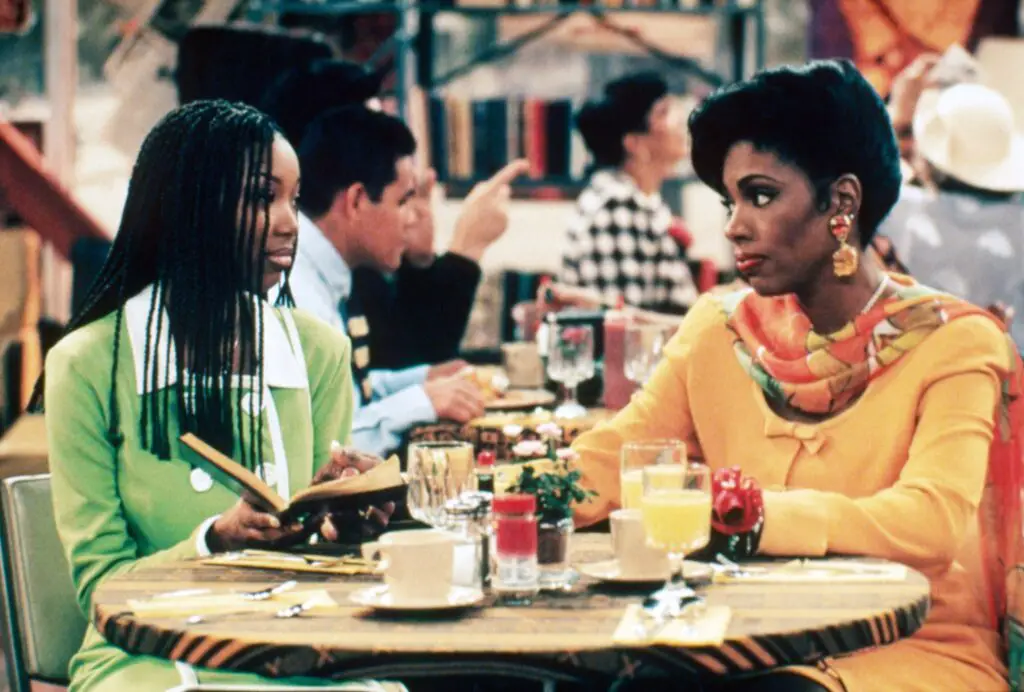
Back in the ‘90s and early 2000s, UPN was the go-to network for quirky sitcoms and sci-fi hits. It gave us Moesha, The Parkers, and Veronica Mars, plus cult-favorite Star Trek: Voyager. The network had a knack for catering to niche audiences, offering a mix of urban comedies and genre series that felt different from the big three networks. It was also home to WWE SmackDown! for years, drawing in wrestling fans every week. But despite its dedicated audience, UPN struggled with identity issues and low ratings shares TV Line.
In 2006, UPN merged with The WB to form The CW, effectively ending its run. Many of its shows either found new homes or were canceled outright, leaving fans disappointed. While The CW carried over a few UPN staples like America’s Next Top Model, most of its signature programming disappeared. For many, UPN remains a nostalgic memory of a time when TV felt a little more experimental adds the Root.
2. The WB
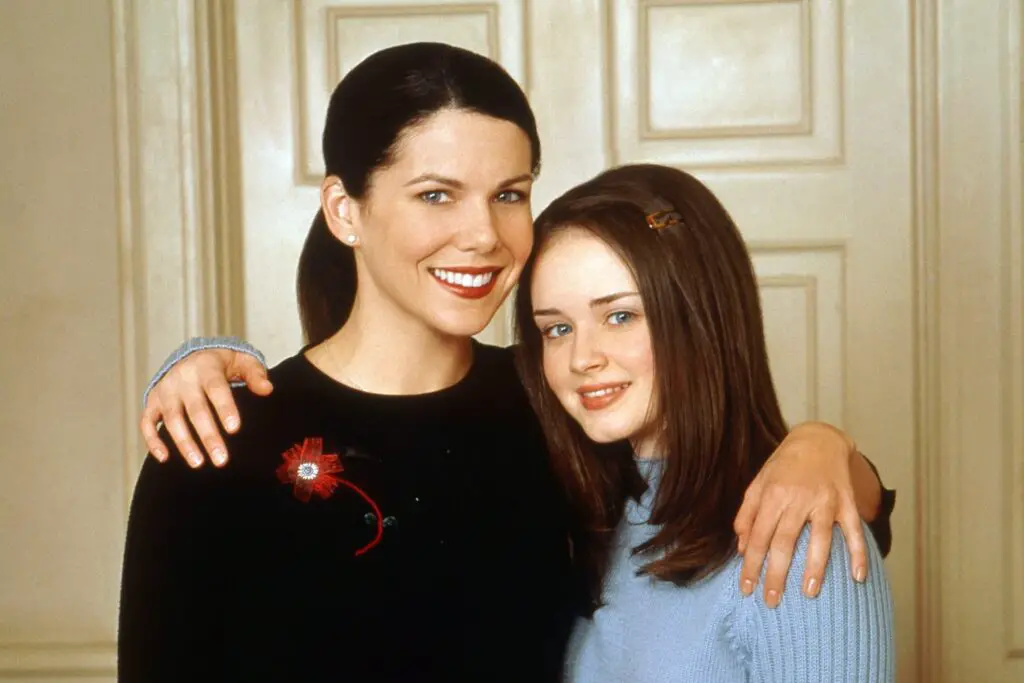
If you were a teen in the late ‘90s or early 2000s, chances are you were glued to The WB. It was the birthplace of Dawson’s Creek, Buffy the Vampire Slayer, and Gilmore Girls, making it a powerhouse for young adult drama. The network had a very specific brand—moody coming-of-age stories with impossibly witty dialogue. It also brought us Smallville, which gave Superman fans a fresh take on the hero’s origin story. But while The WB had devoted fans, it never quite reached the heights of its bigger network rivals says TV Insider.
By 2006, it merged with UPN to form The CW, marking the end of an era. Some of its biggest shows made the transition, but the quirky charm of The WB was lost in the shuffle. The famous frog mascot, Michigan J. Frog, was retired, signaling a final goodbye. Even now, The WB remains a nostalgic favorite for those who grew up watching their favorite characters navigate high school heartbreak shares the Television Academy.
3. Pax TV

Pax TV was one of those networks that flew under the radar but had a devoted audience. Launched in 1998, it focused on family-friendly programming, positioning itself as the wholesome alternative to other networks. It aired a mix of original shows like Doc (starring Billy Ray Cyrus) and reruns of classics like Touched by an Angel. The goal was to provide “positive” entertainment, often with religious undertones. While that niche earned it a dedicated following, it also limited its mainstream appeal.
By 2005, Pax rebranded as i: Independent Television, dropping most of its original programming. A few years later, it transitioned into Ion Television, which primarily airs reruns and syndicated content. While the network still technically exists in a different form, Pax TV as people knew it is long gone. It was a brief but memorable attempt to create a drama-free, uplifting television experience.
4. Court TV
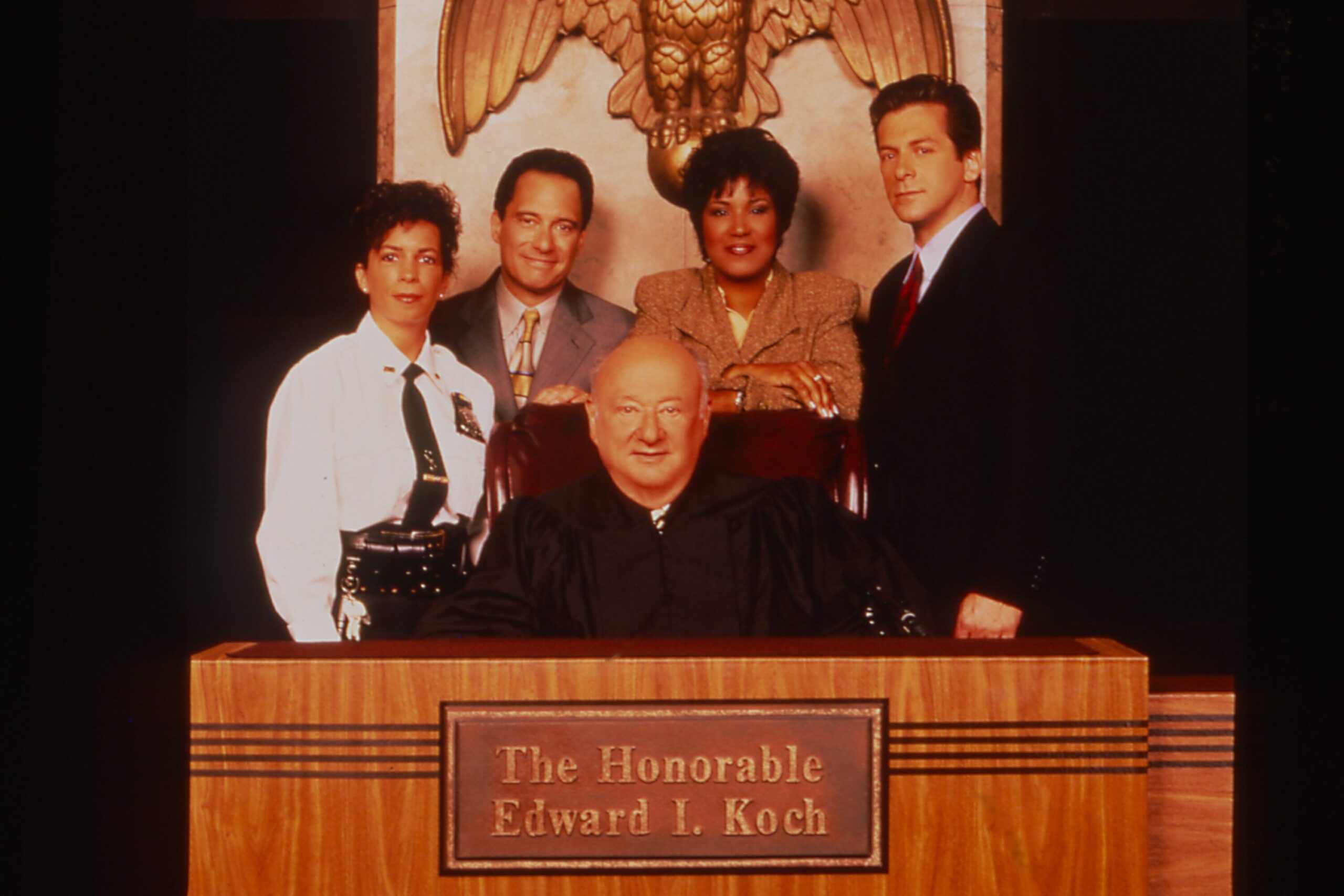
Court TV was the network for true crime junkies before true crime was everywhere. Launched in 1991, it aired real-life courtroom trials, giving viewers a front-row seat to some of the most dramatic legal battles. The O.J. Simpson trial turned it into must-watch television in the ‘90s. Over the years, the network expanded to include crime documentaries and reality-based legal programming. It was educational, fascinating, and sometimes downright shocking.
In 2008, Court TV was rebranded as truTV, shifting away from legal coverage to focus on reality shows and comedy. The change alienated longtime viewers who loved its serious, in-depth reporting. While Court TV eventually made a comeback as a digital network in 2019, it’s not quite the same as its original run. For many, the old-school Court TV was a unique part of the TV landscape that can’t be replicated.
5. TechTV

TechTV was a dream come true for early 2000s tech nerds. Launched in 1998, it covered everything from gaming to internet trends, featuring shows like The Screen Savers and Call for Help. Before YouTube and Twitch, this was the go-to place for tech enthusiasts to learn about gadgets and software. The network had a dedicated fanbase, but mainstream audiences never fully caught on. That made it vulnerable when bigger media companies started paying attention to tech content.
In 2004, TechTV merged with G4, another gaming-focused network, but the transition didn’t go smoothly. Many of its beloved hosts and programs were phased out, and G4’s edgier style alienated TechTV’s core audience. By 2014, G4 itself shut down, marking the end of both networks. Though tech coverage is everywhere now, TechTV had a special, grassroots charm that modern tech media lacks.
6. The Nashville Network (TNN)
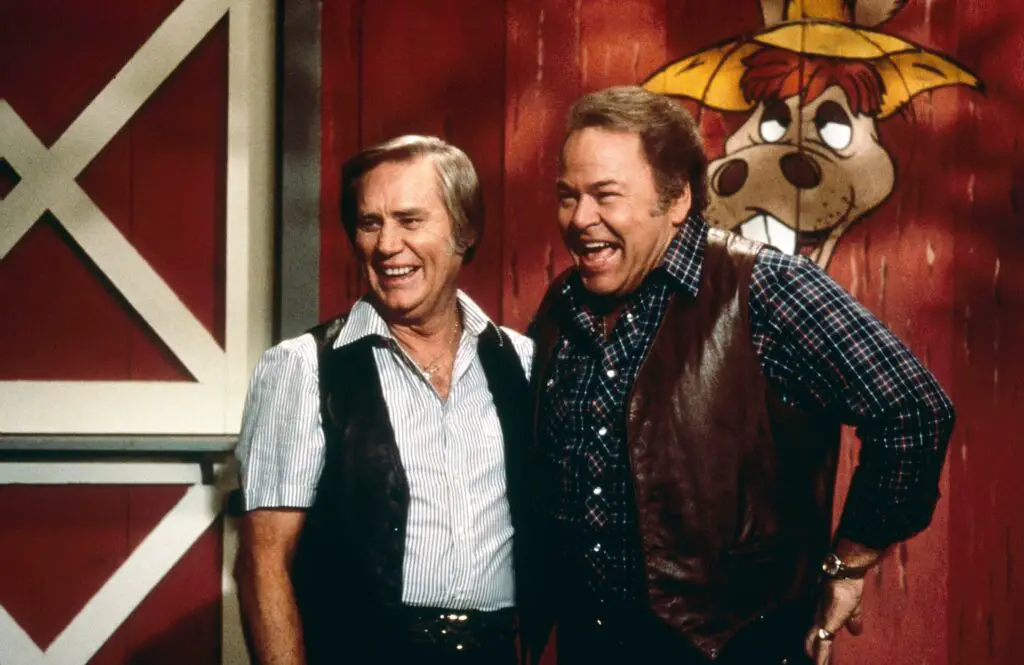
TNN was the ultimate network for country music fans in the ‘80s and ‘90s. It aired country concerts, talk shows, and even southern-themed dramas, making it a staple for rural audiences. Shows like Crook & Chase and Hee Haw kept the country music spirit alive. But as time went on, the network tried to expand its appeal, moving away from its country roots. That shift confused longtime viewers, and ratings began to drop.
By 2000, TNN rebranded as The National Network and later became Spike TV, which targeted a younger, male audience. Eventually, it morphed into the Paramount Network, leaving no trace of its country music origins. For those who grew up watching TNN, it’s a reminder of how quickly TV networks can change identities. The good news? Country music found new homes on networks like CMT, keeping the spirit alive.
7. G4

G4 was every gamer’s paradise in the early 2000s. Launched in 2002, it was one of the first networks dedicated entirely to video games, tech, and geek culture. Shows like X-Play and Attack of the Show! built a passionate fanbase, blending gaming news with humor and pop culture. It was the go-to channel for E3 coverage and gaming previews before the internet made that content readily available. However, as gaming media shifted online, G4 struggled to keep up.
By 2014, G4 was officially shut down, ending a unique chapter in gaming history. It made a brief comeback in 2021, but it didn’t last long, shutting down again in 2022. The original G4 had a charm that couldn’t quite be replicated in the age of YouTube and Twitch. It was ahead of its time, but unfortunately, that didn’t translate into longevity.
8. PBS Kids Sprout
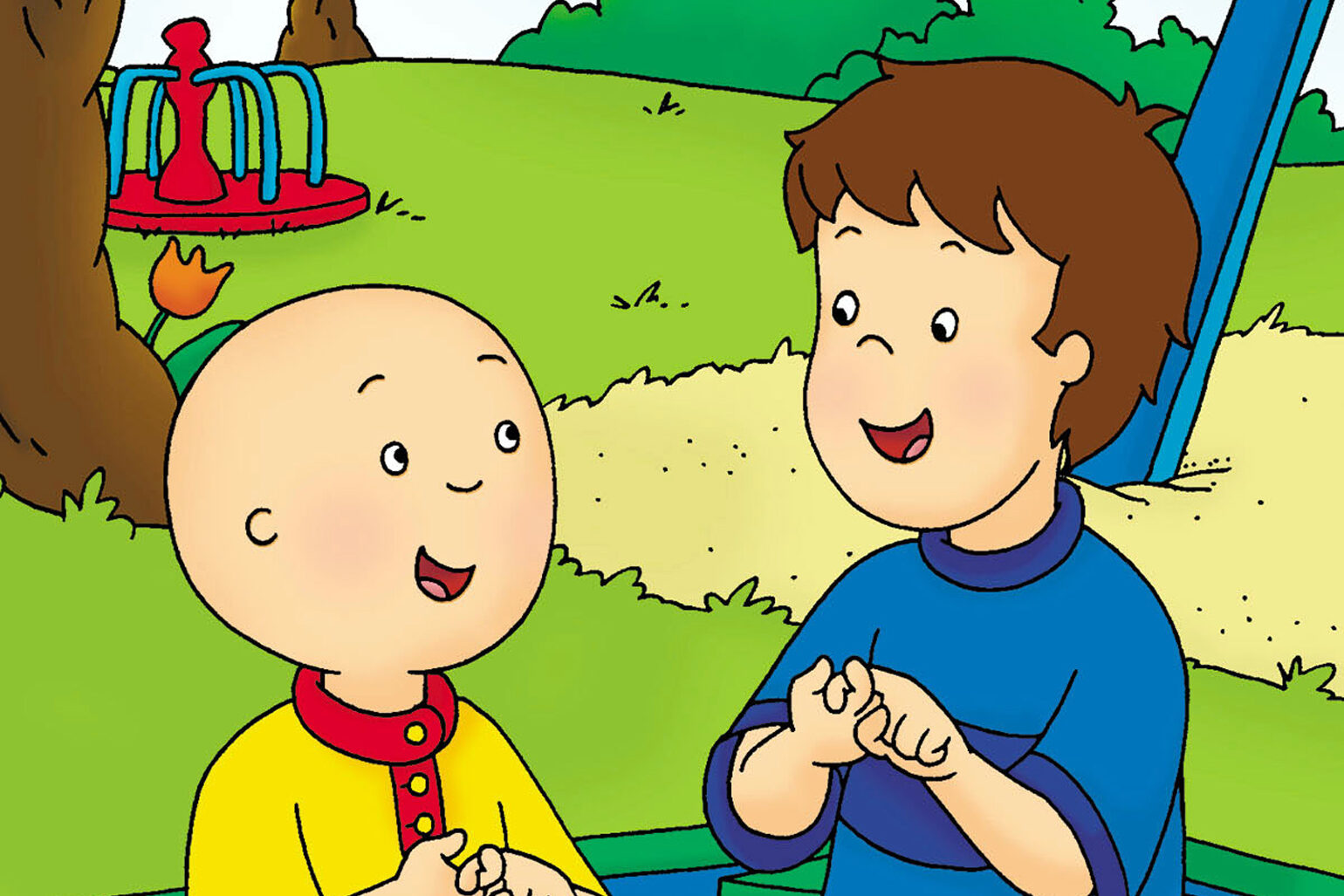
PBS Kids Sprout was a haven for preschoolers in the mid-2000s. It launched in 2005 as a 24-hour network dedicated to educational programming for young children. It aired beloved shows like Caillou, Barney & Friends, and The Wiggles, making it a staple for parents looking for safe content. The channel had a cozy, low-key vibe that felt different from big-name children’s networks like Nickelodeon. But as streaming services took over, the need for 24/7 kids’ programming changed.
In 2017, Sprout was rebranded as Universal Kids, shifting toward a broader family audience. While some of its preschool programming remained, it was no longer the same small, intimate network parents had loved. Eventually, Universal Kids faded into obscurity, with NBC shifting its focus to digital platforms instead. For many families, Sprout was a nostalgic part of early childhood that disappeared too soon.
9. ZDTV

Before TechTV, there was ZDTV—a tech-focused network that launched in 1998. It was all about computers, the internet, and emerging digital culture, making it a goldmine for early adopters. Shows like The Screen Savers and Call for Help made technology feel accessible and exciting. It was ahead of its time, covering topics like cybersecurity and digital trends before they became mainstream. However, tech-focused television was still a niche market, and the network struggled to pull in large audiences.
In 2000, ZDTV was rebranded as TechTV, shifting to a broader focus on technology and gaming. While the core concept remained, the branding change marked the beginning of several transitions. Eventually, TechTV merged with G4 in 2004, leading to the loss of much of its original identity. Though the name ZDTV disappeared quickly, its influence lived on in the growing world of online tech media.
10. The Hub

The Hub was every ‘80s and ‘90s kid’s dream network when it launched in 2010. Backed by Hasbro, it was a mix of classic cartoons, toy-based programming, and some surprisingly entertaining originals. It revived My Little Pony in a big way, creating an unexpected cultural phenomenon with Friendship Is Magic. The channel also aired reruns of nostalgic hits like Transformers: Generation 1 and GI Joe: A Real American Hero. But despite its fun lineup, The Hub struggled to compete with bigger networks like Nickelodeon and Cartoon Network.
By 2014, it rebranded as Discovery Family, shifting toward more general family-friendly content. Many of its toy-centric shows disappeared, and its identity became less distinct. While My Little Pony lived on for a while, The Hub as a whole faded into obscurity. For fans of classic cartoons and toy-based programming, it was a short-lived but magical era.
11. The Family Channel

The Family Channel was one of those networks that went through multiple transformations. Launched in 1977, it originally focused on wholesome, family-friendly content. In the late ‘80s and early ‘90s, it became known for reruns of classic shows like The Waltons and Dr. Quinn, Medicine Woman. It even aired original programming, including game shows and kid-friendly specials. But as cable evolved, The Family Channel struggled to maintain its unique identity.
In 1998, it was rebranded as Fox Family Channel, and a few years later, it became ABC Family. The new versions leaned more into teen dramas and sitcoms, moving away from the original family-friendly focus. Eventually, in 2016, ABC Family was renamed Freeform, completing the shift into young adult entertainment. While The Family Channel’s DNA still exists in some form, its original charm is long gone.
12. Newsworld International
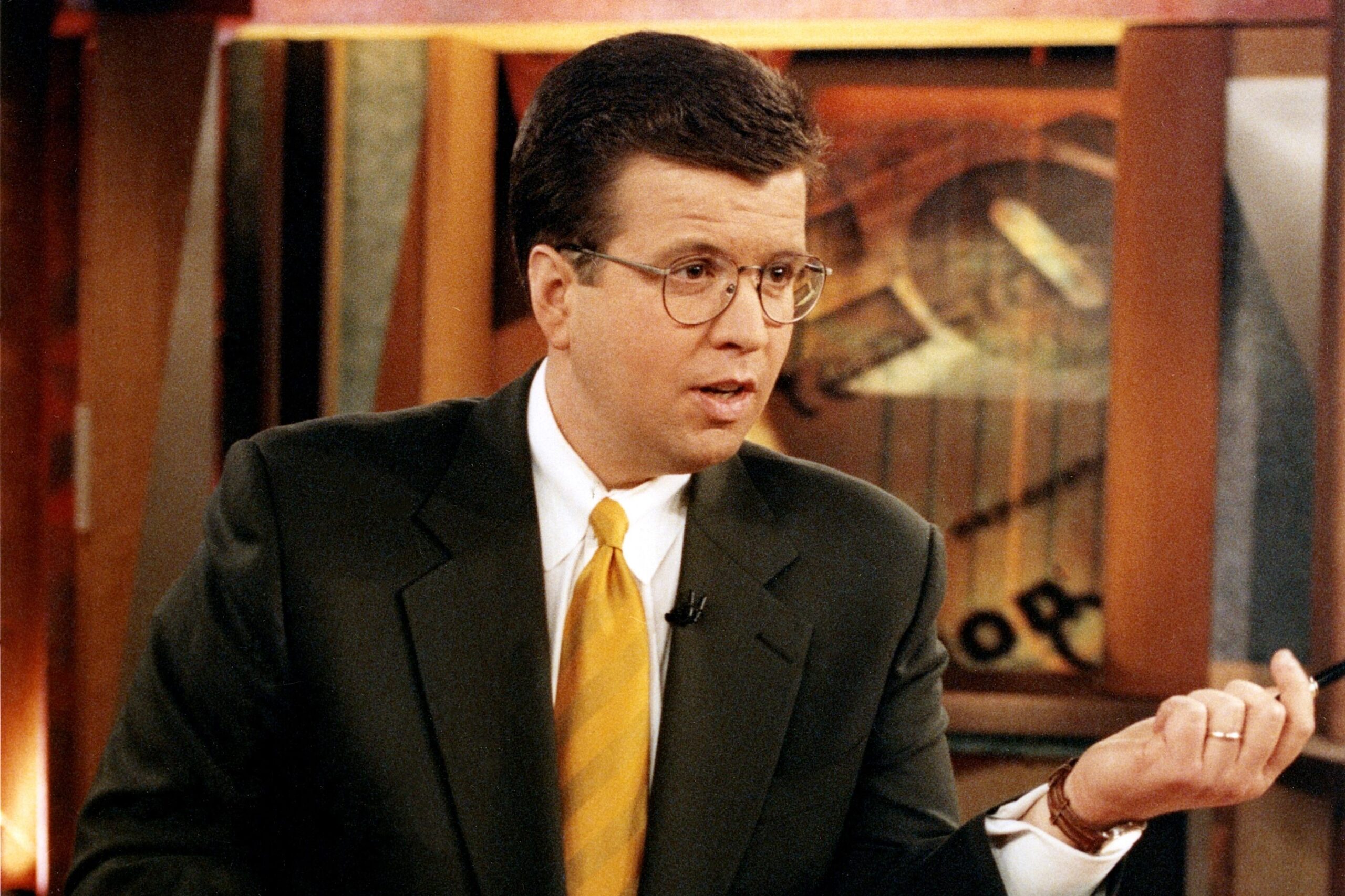
Before Al Jazeera America or BBC World News gained traction in the U.S., there was Newsworld International. Launched in 1994, it was a Canadian-based global news network that aired in America. It offered international coverage that was refreshingly different from mainstream U.S. networks. Many journalists and news junkies appreciated its deeper, more global perspective. However, as competition in the news space grew, it failed to attract a wide audience.
In 2005, it was bought by Al Gore’s company and transformed into Current TV, shifting toward a more opinionated, youth-focused format. While Current TV had a devoted following, it never achieved mainstream success and was eventually sold to Al Jazeera. Newsworld International quietly disappeared, leaving behind a legacy of smart, in-depth journalism. For those who valued its unique take on world affairs, it remains a forgotten gem.
13. MTV Classic (as VH1 Classic)
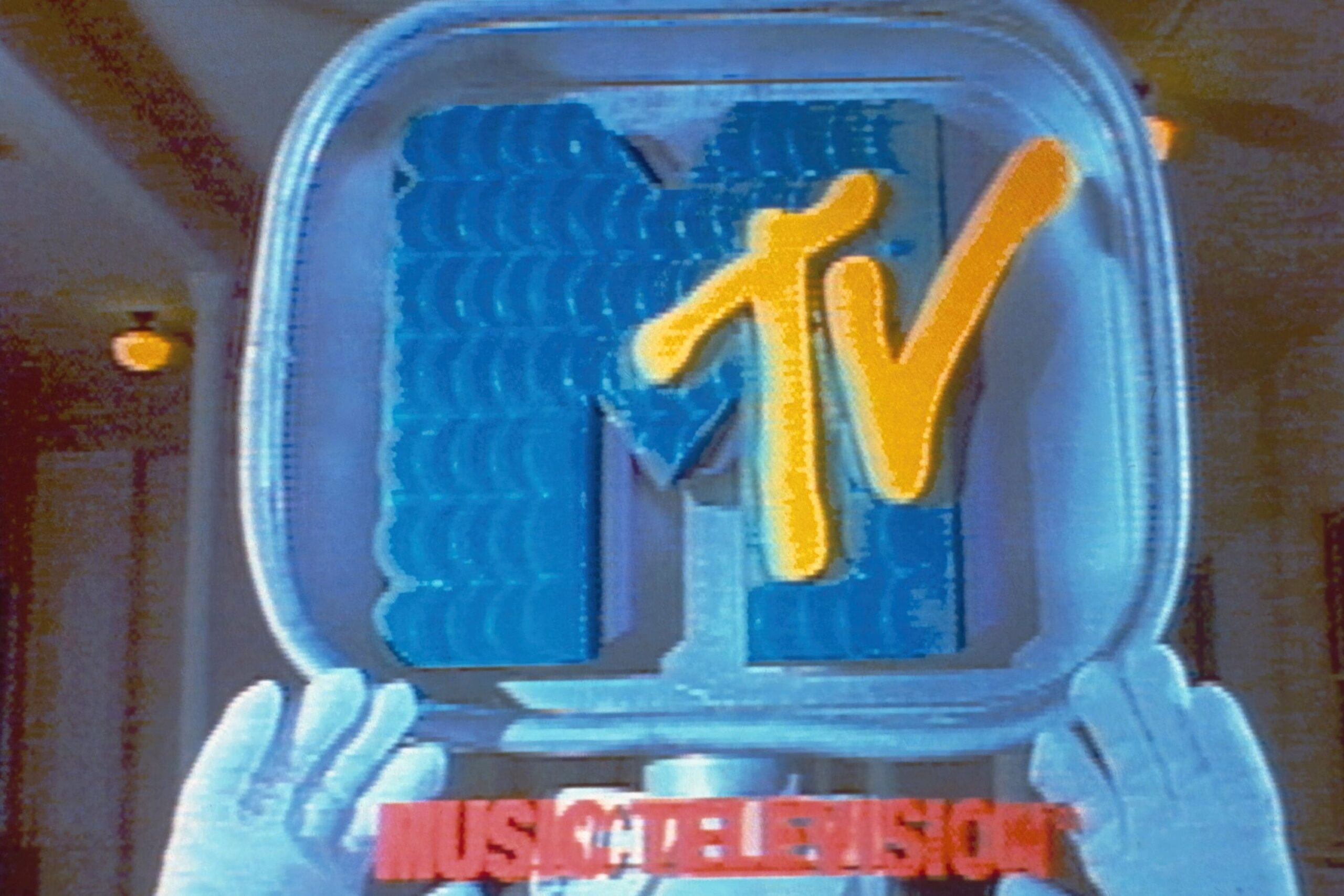
Before streaming let us listen to any song on demand, VH1 Classic was a lifesaver for music fans. Launched in 2000, it was a haven for classic rock, ‘80s pop, and vintage music videos. Shows like Metal Mania and That Metal Show catered to die-hard rock and metal fans. It was also a great place to catch throwback concerts and interviews with legendary musicians. But as MTV and VH1 shifted focus, the idea of a network dedicated to old-school music started to feel outdated.
In 2016, VH1 Classic was rebranded as MTV Classic, keeping the same retro music concept but with less personality. Over time, programming declined, and it became little more than a dumping ground for reruns. With YouTube and streaming services making music videos more accessible, the network slowly faded from relevance. It was a great concept while it lasted, but in the end, nostalgia alone wasn’t enough to keep it alive.
14. Esquire Network
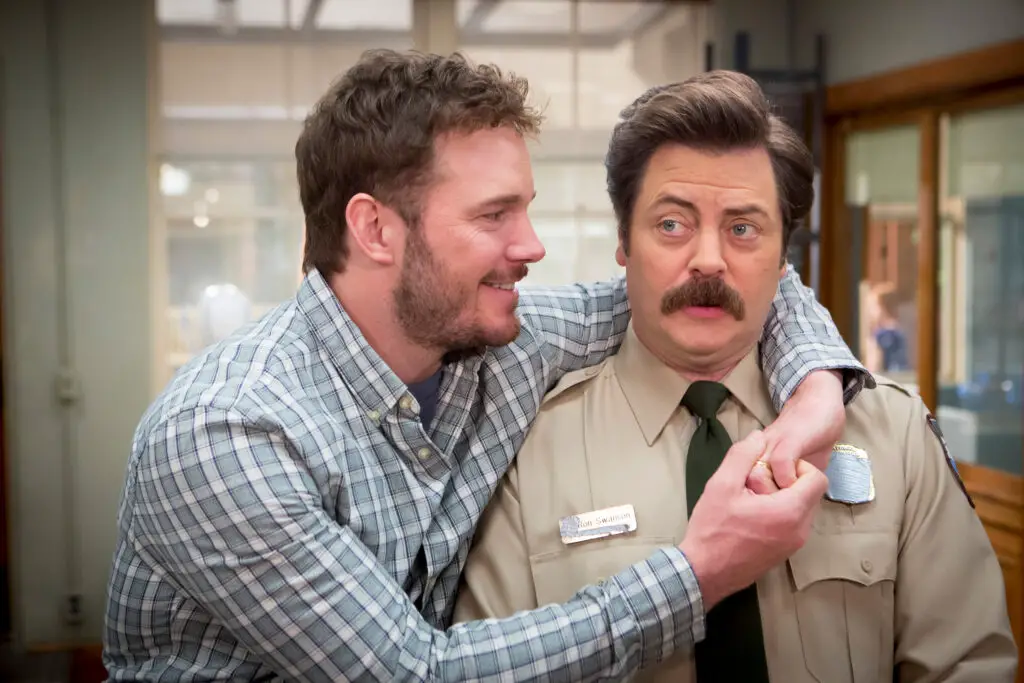
Esquire Network was an ambitious attempt to create a sophisticated, male-focused lifestyle channel. Launched in 2013, it replaced G4 and aimed to be a more refined alternative to Spike TV. The network featured shows about travel, food, and fashion, with a focus on an upscale audience. It aired original series like Knife Fight and Brew Dogs, plus reruns of stylish dramas like Parks and Recreation. While the concept sounded promising, it never really found its footing.
By 2017, Esquire Network shut down, unable to compete with larger lifestyle brands. The decision to replace G4 alienated the gaming audience, and the network never attracted enough new viewers. It was another case of a network with a clear identity that just couldn’t make it work. Though it didn’t last long, Esquire Network was an interesting experiment in niche cable programming.
